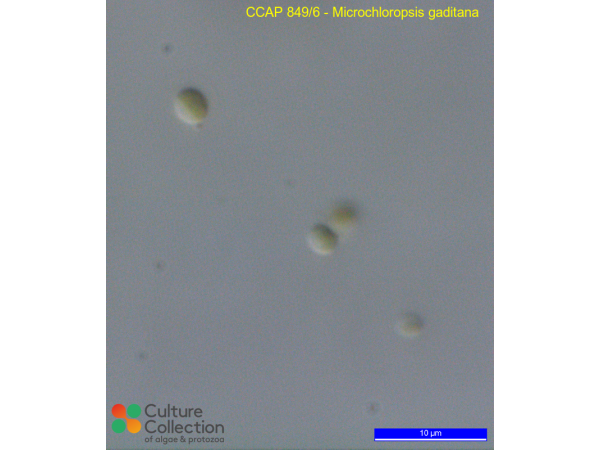Note: for strains where we have DNA barcodes we can be reasonably confident of identity, however for those not yet sequenced we rely on morphology
and the original identification, usually made by the depositor. Although CCAP makes every effort to ensure the correct taxonomic identity of strains, we cannot guarantee
that a strain is correctly identified at the species, genus or class levels. On this basis users are responsible for confirming the identity of the strain(s) they receive
from us on arrival before starting experiments.
For strain taxonomy we generally use AlgaeBase for algae and
Adl et al. (2019) for protists.
| Attributes | |
| Authority | (Lubián) Fawley, Jameson & Fawley 2015 |
| Isolator | Ryther (1952) |
| Collection Site | Great South Bay, Long Island, New York, USA |
| Notes | Renamed Apr17 after taxonomic revision (DOI:10.2216/15-60.1) |
| Axenicity Status | Minimal or unobserved bacteria under normal growth conditions |
| Area | North America |
| Country | USA |
| Environment | Marine |
| GMO | No |
| In Scope of Nagoya Protocol | No |
| ABS Note | Collected pre Nagoya Protocol. No known Nagoya Protocol restrictions for this strain. |
| Collection Date | 1952 |
| Original Designation | GSB Sticho |
| Pathogen | Not pathogenic: Hazard Class 1 |
| Strain Maintenance Sheet | SM_MarineGreens.pdf |
| Toxin Producer | Not Toxic / No Data |
| Type Culture | No |
| Taxonomy WoRMS ID | 1370287 |
| Equivalent Strains | CCMP527 |
| Synonyms | Nannochloropsis gaditana Lubián 1982 |
| Formerly Listed in CCAP as | Nannochloropsis salina Hibberd 1981,Nannochloropsis gaditana |
CCAP 849/6
Microchloropsis gaditana
- Product Code: CCAP 849/6
- Availability: See Availability/Lead Times


